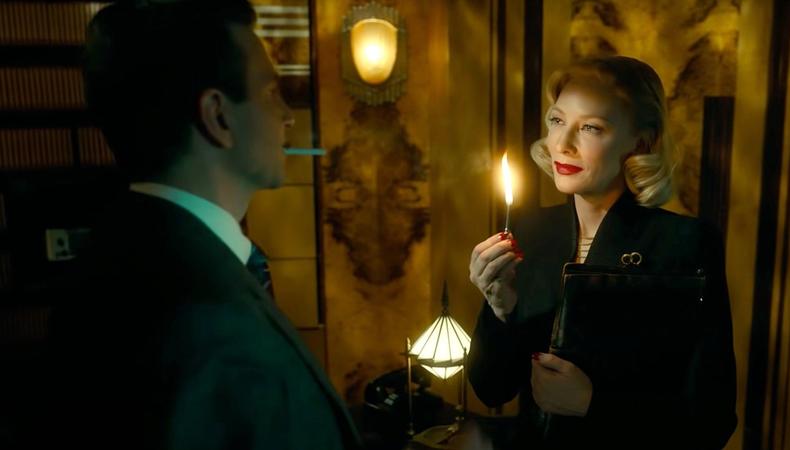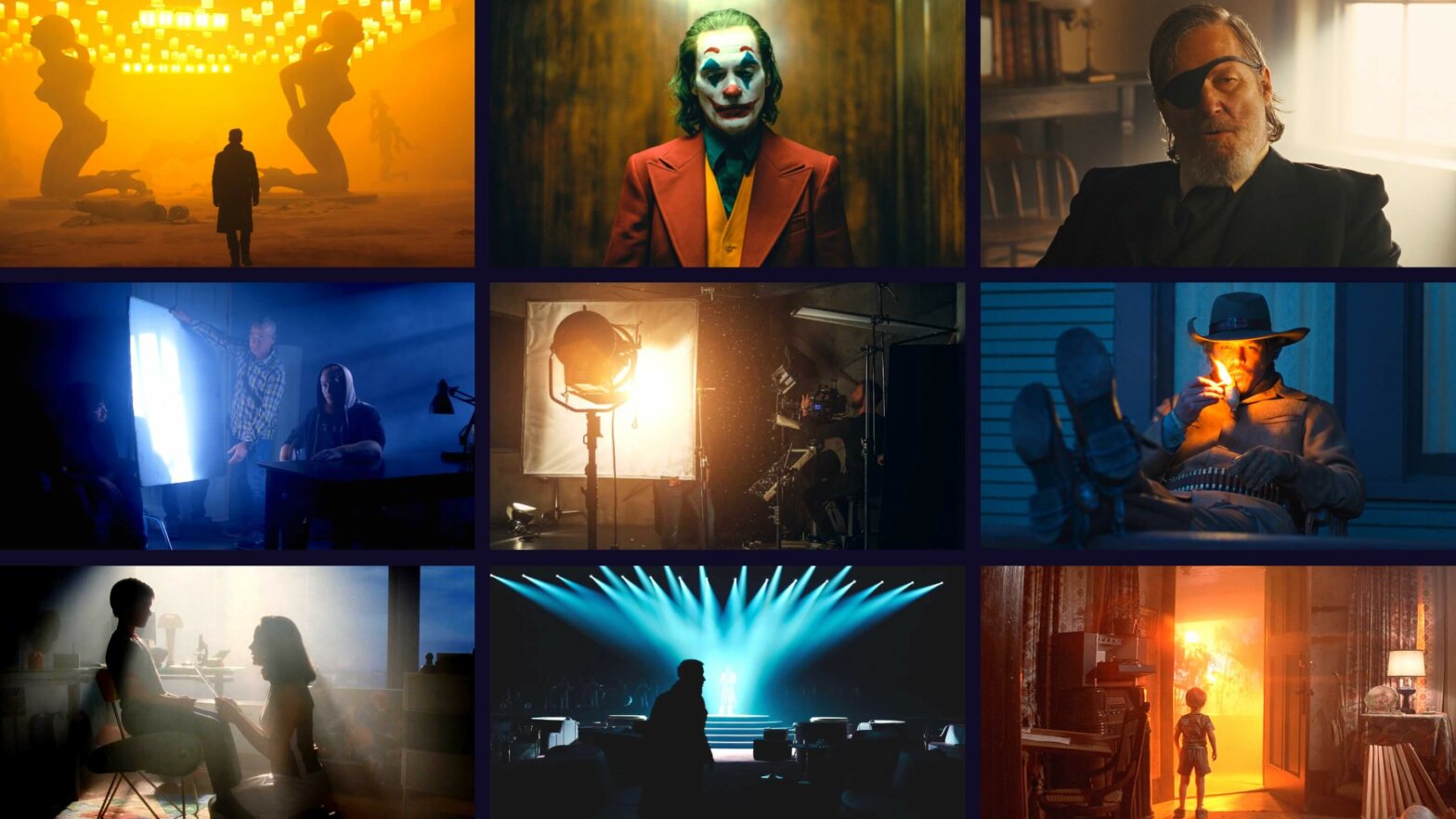How Filmmakers Use Lighting to Set the Mood in Movies

Painting with Light: How Filmmakers Craft Mood Through Lighting
Lighting in filmmaking isn’t just about illuminating the scene; it’s the invisible hand that sculpts emotion, dictates pace, and guides the audience’s eye. It’s the silent storyteller whispering secrets alongside the dialogue. Masterful use of light can transform a mundane setting into a vibrant dreamscape or a sterile hospital room into a claustrophobic prison. This exploration delves into the multifaceted ways filmmakers utilize lighting to set the mood, exploring techniques from the classic three-point system to the experimental artistry of chiaroscuro.
Beyond Illumination: The Emotional Spectrum of Light
Light isn’t simply bright or dim; it possesses a vast emotional vocabulary. Warm, golden hues evoke feelings of comfort, nostalgia, and intimacy. Think of the sun-drenched beaches in a romantic comedy or the flickering candlelight in a tender family scene. Conversely, cool, bluish tones often project a sense of coldness, isolation, or even danger. A stark, blue-lit interrogation room immediately signals tension and unease.
The intensity of the light also plays a crucial role. Harsh, high-contrast lighting can create drama and suspense, highlighting the textures and shadows of a scene. Think of the stark, almost theatrical lighting often employed in film noir. Conversely, soft, diffused lighting lends itself to intimacy and tranquility, ideal for romantic scenes or quiet moments of reflection.
Key Lighting Techniques: A Director’s Palette
Filmmakers employ a range of techniques to manipulate light and achieve specific moods. Understanding these techniques reveals the artistry behind the cinematic experience:
1. Three-Point Lighting: The cornerstone of many lighting setups, this technique uses three lights: a key light (main source), a fill light (softening shadows), and a back light (separating the subject from the background). The balance between these lights dictates the mood. A strong key light with minimal fill can create a dramatic, high-contrast look, while a balanced setup provides a more natural and even feel.
2. High-Key Lighting: Characterized by bright, even illumination with minimal shadows, this technique creates an upbeat and optimistic mood. Think of lighthearted comedies or feel-good family dramas.
3. Low-Key Lighting: The opposite of high-key, this technique utilizes deep shadows and strong contrasts, producing a sense of mystery, suspense, or even fear. Film noir and horror films frequently rely on low-key lighting.
4. Chiaroscuro: This dramatic lighting technique utilizes stark contrasts between light and shadow, often creating a sense of unease or mystery. The interplay of light and dark adds depth and complexity, making it a favorite of many auteurs.
5. Rembrandt Lighting: A variation of chiaroscuro, this technique features a triangular highlight on the subject’s cheek, creating a dramatic and captivating effect.
Color and Temperature: Beyond the Spectrum
Color temperature, measured in Kelvin (K), significantly influences mood. Cooler temperatures (bluish, around 5000K) suggest coldness and distance, while warmer temperatures (yellowish, around 2700K) evoke feelings of comfort and intimacy. The strategic use of color filters can further manipulate the atmosphere. A red filter can inject a sense of urgency or danger, while a green filter might create an eerie or unnatural feel.
| Lighting Technique | Mood Created | Example Genre |
|---|---|---|
| High-Key Lighting | Upbeat, Optimistic | Romantic Comedy |
| Low-Key Lighting | Mysterious, Suspenseful | Thriller, Horror |
| Chiaroscuro | Dramatic, Uneasy | Film Noir, Period Dramas |
| Rembrandt Lighting | Dramatic, Captivating | Portraits, Dramas |
| Backlighting | Silhouetted, Mysterious | Mystery, Science Fiction |
Beyond the Basics: Creative Lighting Choices
Filmmakers frequently push the boundaries of traditional lighting techniques to achieve unique and powerful effects. Silhouetting, for instance, can create a sense of mystery and power, while using practical lights (lights that are part of the scene, like lamps or streetlights) adds realism and enhances immersion. The deliberate use of light leaks or lens flares can add a touch of magic or imperfection, subtly influencing the audience’s perception.
The Silent Storyteller: Light as Narrative Tool
Ultimately, lighting is a powerful narrative tool. It’s not just about illuminating actors; it’s about illuminating the story itself. By carefully manipulating light, filmmakers can guide the audience’s emotions, emphasize specific elements of the narrative, and create a uniquely immersive and impactful cinematic experience. The next time you watch a film, pay close attention to the light—you might be surprised at how much it reveals.

